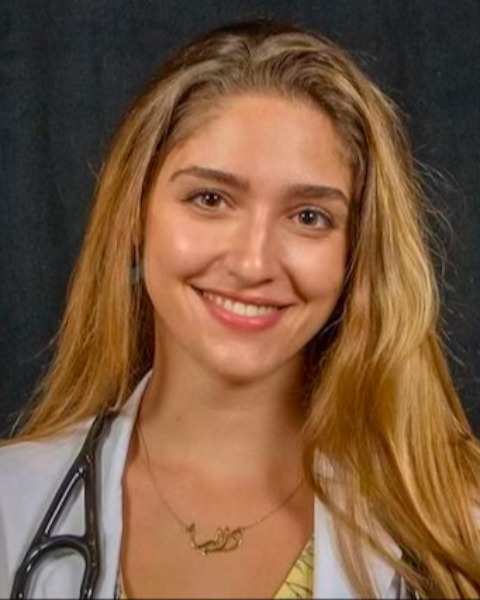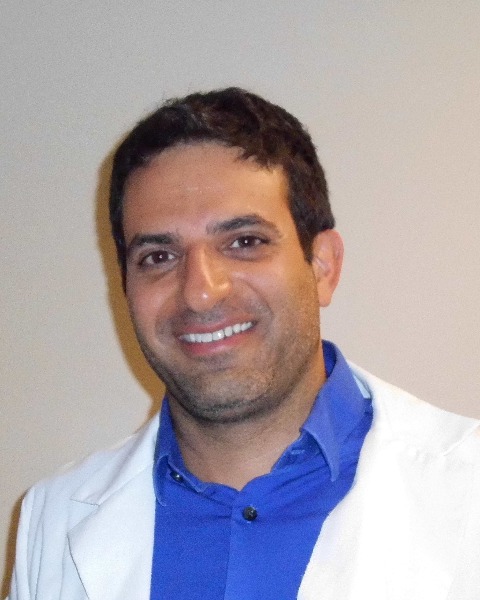SIR 2025
Pediatric Interventions
Traditional Poster
96 - Embolization with Bleomycin-loaded Particle Suspensions in Conjunction with Interstitial Bleomycin Sclerotherapy for Early and Late-stage Arteriovenous Malformations in Children

Dalia Koujah (she/her/hers)
MS3
University of Arizona College of Medicine-Phoenix, United States- SW
Scott D. Willard, MD
Pediatric Interventional Radiologist
Phoenix Children's, United States - CS
Carrie M. Schaefer, MD
Pediatric Interventional Radiologist
Phoenix Children's, United States 
Sudhen Desai, MD, FSIR
Vice Chief, Radiology and Section Chief, Interventional Radiology
Phoenix Children's Hospital, United States
Lavi Nissim, MD
Interventional Radiologist
Phoenix Childrens Hospital, United States- ME
Martin Errea, MD
Attending Interventional Radiologist
Phoenix Children's Hospital, United States - TA
Todd A. Abruzzo, MD
Interventional Neuroradiologist
Phoenix Children's Hospital, United States
Poster Presenter(s)
Author/Co-author(s)
Although interstitial bleomycin sclerotherapy (ISB) may achieve a high rate of durable treatment response in children with early-stage arteriovenous malformations (AVM), a latency interval as long as 3 months is typical. Moreover, rapid systemic absorption of bleomycin may limit treatment response in higher flow, late-stage AVM. Transarterial embolization with bleomycin loaded particle suspensions (EBP) just prior to ISB establishes immediate AVM occlusion, limits systemic absorption of bleomycin, and enhances bleomycin concentration at the treatment site, which may facilitate a greater treatment response, even in late-stage AVM.
Materials and Methods:
We performed a single center, retrospective study of AVM treatment by EBP with or without concurrent ISB, using embolic agents prepared by mixing commercially available PVA particles (Boston Scientific, Marlborough, MA) into solutions of bleomycin and Isovue 300 (Bracco, Monroe Township, NJ). Patient, procedural and AVM related data were obtained by electronic medical record (EMR) review. Clinical response was graded on a 5-point scale based on resolution of symptoms: complete (+4), near complete (+3), satisfactory (+2), suboptimal (+1), no change (0), worsening (-1).
Results:
During the study period January 2019 to July 2023, 11 EBP procedures were performed in 6 patients for 2 early-stage (Schobinger 1, 2) and 4 late-stage (Schobinger 3, 4) AVM of the extracranial head and neck (N = 4) and extremities (N = 2). The average total procedural dose of bleomycin was 12.9 ± 3.0 mg. Patients ranged in age from 6 to 17 years (mean 11.7 ± 3.6). In 10/11 cases, ISB was performed immediately after EBP. Solo EBP was performed in 1 case. One Schobinger 4 multi-metameric craniofacial AVM underwent 4 treatments, and one Schobinger 3 facial AVM received 2 additional solo ISB treatments. Clinical follow-up ranged from 42 to 808 days (mean 379 ± 310). The average clinical response achieved was 2.6 (± 0.5). All patients achieved ≥ grade 2 clinical response, and 3/3 patients with Schobinger 3 AVM achieved a grade 4 response. Embolized components showed persistent angiographic occlusion in 11/11 EBP with follow up ranging from 13 to 64 weeks (28 ± 21). In 4/5 patients with MRI follow up, more than 50% of the AVM remained eliminated after an average period of 26 ±8 weeks. One patient had acute bleomycin pulmonary hypersensitivity but discharged on day 4 with near complete resolution of symptoms.
Conclusion:
EBP-assisted ISB is a safe, effective, and durable treatment for early and late-stage extracranial AVM in children.


.jpg)